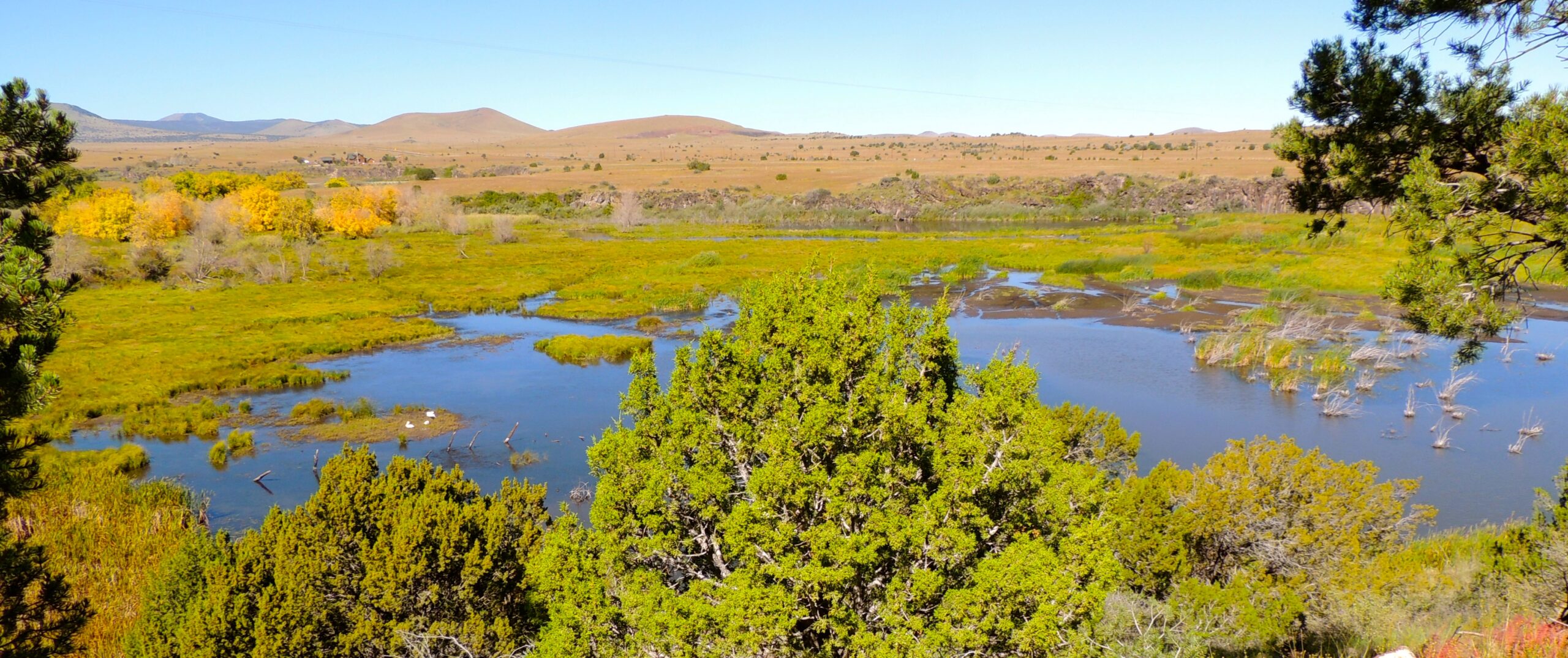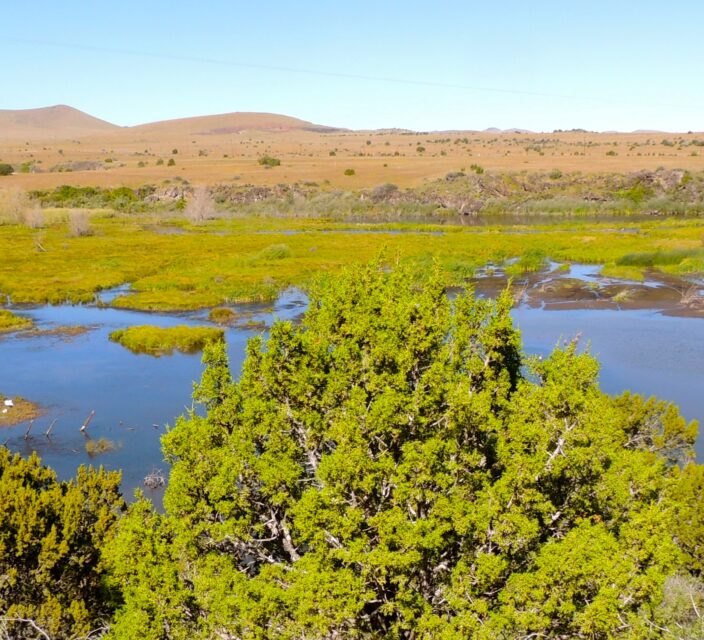Water Conservation begins at HOME
Our local leaders are facing the pressing question of how to ensure a clean, reliable water supply with strains from population growth, booming development, and global warming. Many communities are already enforcing water restrictions. There are a few simple things you can do at home to ease the burden on your local water supply and save money in the process.
-
Turn off the faucet while brushing your teeth.
-
Only run the washing machine and dishwasher when you have a full load.
-
Use a low flow shower head and faucet aerators.
-
Fix leaks.
-
Install a dual flush or low flow toilet or put a conversion kit on your existing toilet.
-
Do not overwater your lawn or water during peak periods (4pm-8pm) and install rain sensors on irrigation systems.
-
Install a rain barrel for outdoor watering.
-
Plant a rain garden for catching storm water runoff from your roof, driveway, and other hard surfaces.
-
Monitor your water usage on your water bill and ask your local government about a home water audit.
-
Share your knowledge about saving water through conservation and efficiency with your neighbors.

